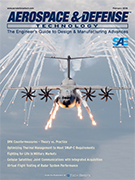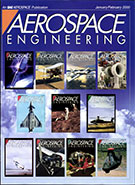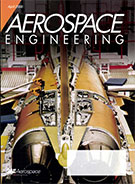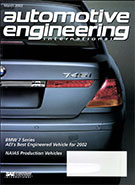Magazine

Aerospace & Defense Technology: August 2014
2014-08-01
3-D manufacturing of titanium components takes off MRO providers are discovering ways to innovate their procedures while remaining viable and profitable through the current downturn in government spending. Commercial programs are flying high With economic regeneration underway this year, the rate of ordering new aircraft has been at an all-time high, with the result that backlogs for undelivered new production stretch well into the next decade for some popular models.



















